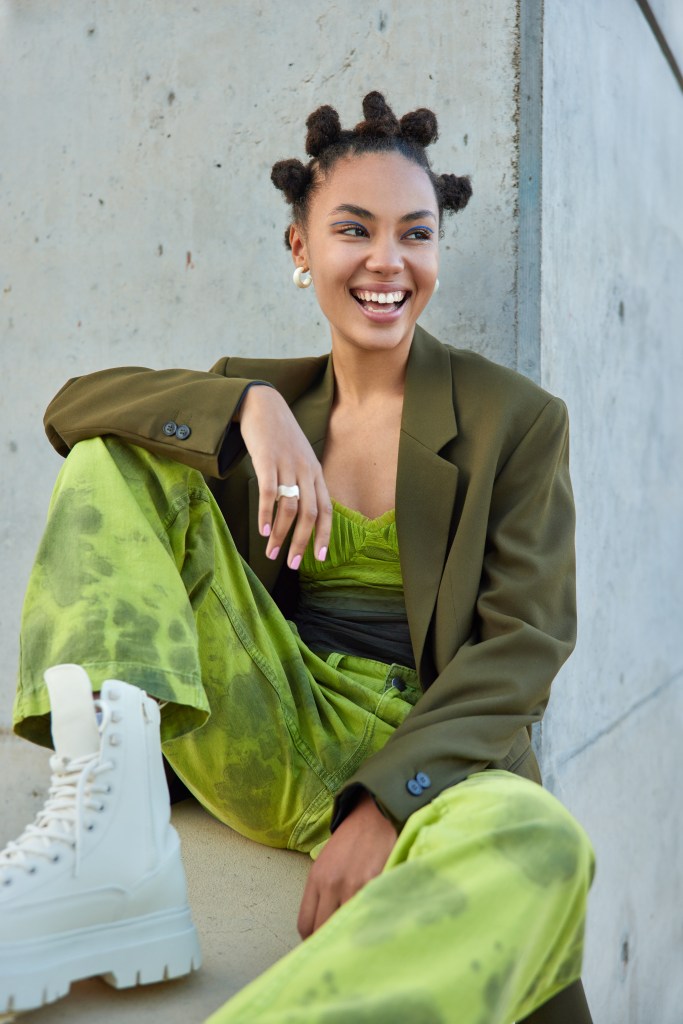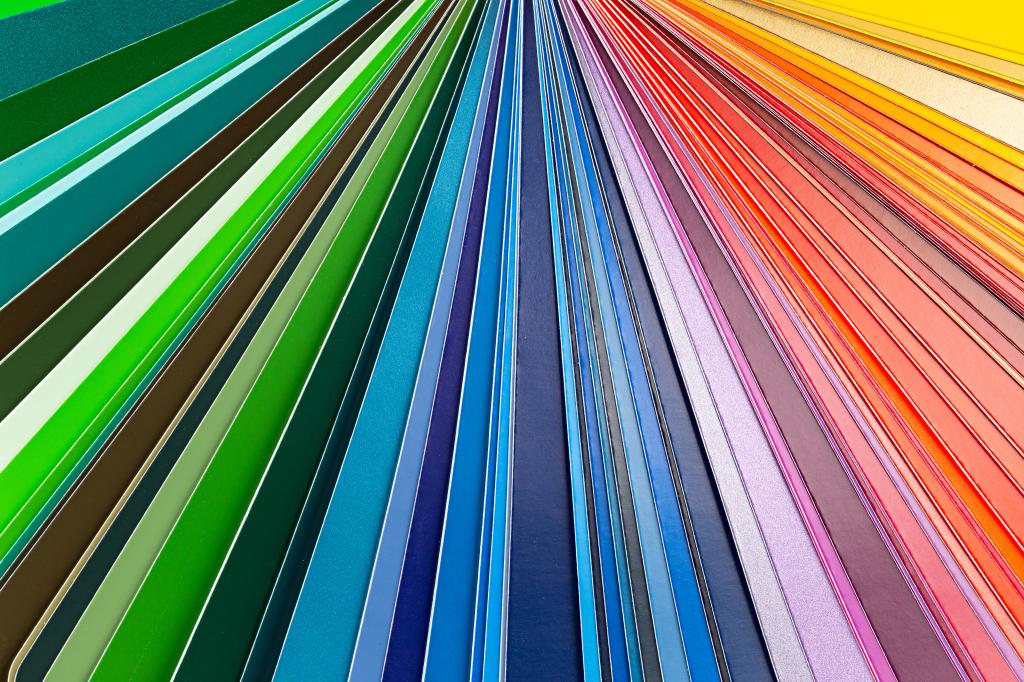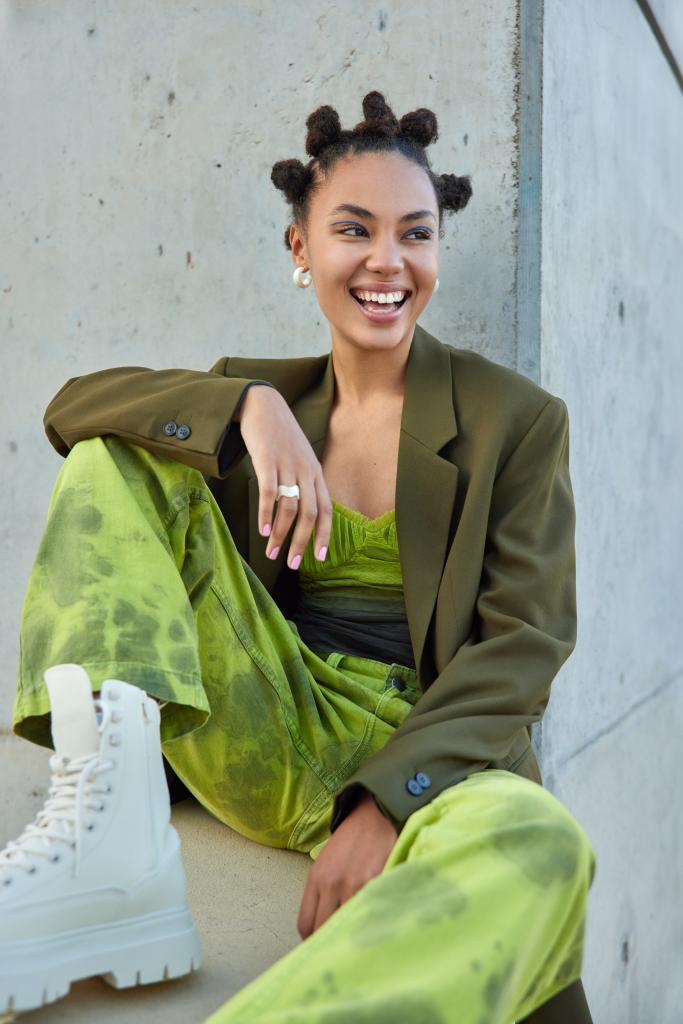Solar eclipse 2024: Wear these 2 colors on April 8 to maximize the experience
The cosmic event of the decade is upon us.
On Monday, a large swath of the United States will fall in the path of totality during a total solar eclipse. While you may have a destination in mind and your glasses on deck, have you considered what colors to wear on the day of days?
The experts at Solar Eyeglasses have graciously shared insider information about outerwear selection for anyone planning to watch the solar eclipse in groups or public spaces.
According to the company, wearing certain colors can enhances the effect of the celestial phenomenon, so read on to see what you should be wearing while sky staring.
What colors enhance the eclipse expereience?
First, a bit of science from the folks at Solar Eyeglasses.
“In normal daylight, our eyes use the ‘cone cells’ of the retina to see colors clearly,” the company states. “These cells function best under bright light conditions (that’s called photopic vision). But as it gets darker, as it will during the eclipse, our eyes switch to ‘rod cells’, which are better for low light conditions (scotopic vision).”
The four to five minutes before totality are known as the mesopic vision zone, a liminal space where it’s neither bright nor dark and the surroundings are drained of color.
“The light levels in this zone fall enough that the cone cells in our eyes receive less stimulation,” Solar Eyeglasses states. “This leads to a decrease in the vibrancy or saturation of colors we see as they pick the gray overtone of the surroundings.”
Rock red and green
Experts suggest wearing red and green hues to ensures a visual pop as light and saturation decrease.
According to experts, neutrals are a no-go on eclipse day.
Dr. Nicole Bajic, ophthalmologist at the Cleveland Clinic, states that “with less photon energy, our cones can’t work as well.”
“Reds can look darker or even black and the blues and greens can really pop,” she stated. “You’ll see an eerie transition where these colors can pop because the cells are highly sensitized and there’s not a lot of energy but not enough for the reds so you’ll see that interesting contrast between red and green.”
Accordingly, neutrals (black, white, gray, or brown) are a no-go on eclipse day. These tones will blend into the eclipse’s shadow and prevent wearers and watchers from getting the most out of the moment.
Sartorial science
The sartorial suggestion is supported by Dr. Gordon Telepun, veteran eclipse chaser, NASA educator and creator of the Solar Eclipse Timer app.
Telepun describes the mesoponic zone as a chrome dreamscape, saying: “A lot of people will talk about it as putting on very light gray sunglasses, where everything in your surroundings has a silvery, metallic kind of color.”
“When I compared my pictures from the 2017 eclipse which was an August eclipse in Tennessee on a green field with people wearing summer clothes, I realized you need to have color target to see this effect,” he added.
Telepin is referring to the Purkinje effect, the natural phenomeon of how we perceive colors in low light, named for the Czech physiologist who first documented it.
“The Purkinje effect is similar to how we observe garden flowers in the evening. Reds turn darker, almost black, while blues and greens get brighter.”
Solar Eyeglasses
A spokesperson for Solar Eyeglasses adds that the Purkinje effect is heightened during an eclipse but also occurs in more routine condition.
“This isn’t just an eclipse thing. It’s similar to how we observe garden flowers in the evening. Reds turn darker, almost black, while blues and greens get brighter,” they explained.
So go ahead and make of yourself a garden at dusk, put on a red or green outfit. The choice will not only enhance your lived expereince of the ecloipse but will give your phots an arresting intensity. Here’s to showing up, dressing up and looking up.
Everything to know about the 2024 solar eclipse
- The solar eclipse will take place Monday, April 8, blocking the sun for over 180 million people in its path.
- The eclipse will expand from Mexico’s Pacific Coast across North America, hitting 15 US states and pulling itself all the way to the coast of Newfoundland, Canada.
- New Yorkers will experience the solar eclipse just after 2 p.m. Monday.
- A huge explosion on the sun, known as a coronal mass ejection, is anticipated, according to experts. This happens when massive particles from the sun are hurled out into space, explains Ryan French of the National Solar Observatory in Boulder, Colorado.
- To avoid serious injury to the eyes, it is necessary to view the event through proper eyewear like eclipse glasses, or a handheld solar viewer, during the partial eclipse phase before and after totality.
- The next total solar eclipse will take place on Aug. 12, 2026, and totality will be visible to those in Greenland, Iceland, Spain, Russia and a small slice of Portugal.
Astrologer Reda Wigle researches and irreverently reports back on planetary configurations and their effect on each zodiac sign. Her horoscopes integrate history, poetry, pop culture, and personal experience. She is also an accomplished writer who has profiled a variety of artists and performers, as well as extensively chronicled her experiences while traveling. Among the many intriguing topics she has tackled are cemetery etiquette, her love for dive bars, Cuban Airbnbs, a “girl’s guide” to strip clubs, and the “weirdest” foods available abroad.















